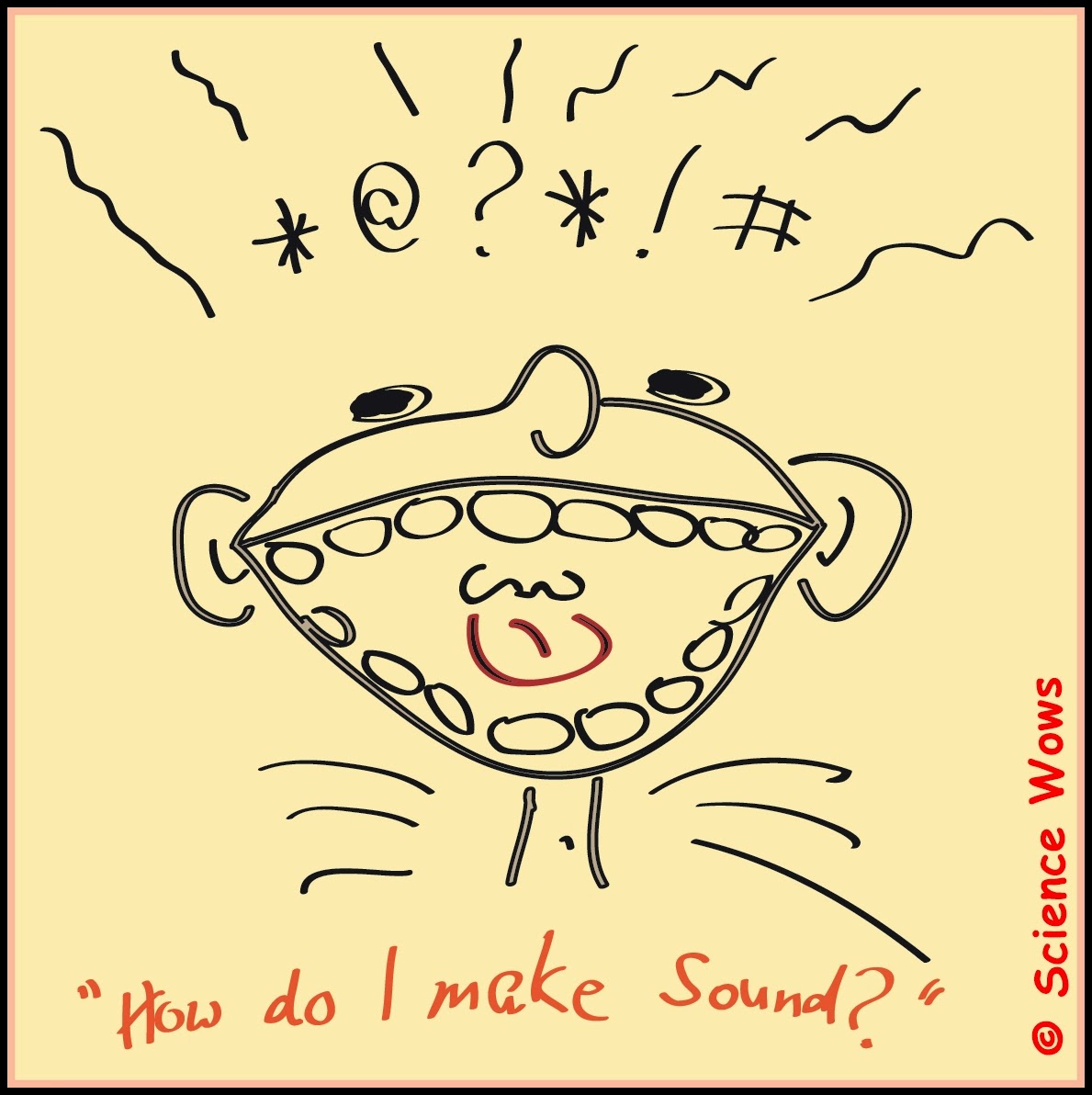You never know what questions will be thrown at you at bed time around here. Each night I lie down with my three year old for a few minutes before lights out and the conversation really keeps me on my toes. Some questions are pretty hard to answer… “what do you do with the eye balls if you kill a monster and put his head on a plate to eat?” …or…”what do zombies like to eat?“. Some are a little easier and have inspired plenty of these blogs, like today’s one….
We use something called a voice box, or larynx, to make sound. It is in our throat and is quite an amazing instrument.
The instrument…
Our voice box sits on top of our trachea (wind pipe) and acts like a wind instrument, allowing us to make sound. Just like any other wind instrument there are other things required of course…. like the “wind” bit (moving air) and some fine tuning!
The “wind” bit…
The moving air is provided by our lungs. When we breathe out the air exits our lungs and passes along the trachea, through the voice box and out our mouth. The voice box contains two vocal cords (or vocal folds) which vibrate when the air from the lungs passes by them. The stronger the air flow and air pressure produced by the lungs, the stronger the vocal cords vibrate and the stronger the sound we make! To change the tone and pitch of the sound we produce the length and tension of the vocal cords is altered. This is achieved by tensing and relaxing the muscles of the larynx.
The vocal cords vibrate at a rate of 100 to 1000 vibrations per second, depending on the pitch.
The fine tuning…
The sound of our voice is fine tuned even further when the air we exhale passes by the upper vocal tract and respiratory system. The tongue, lips, cheeks, nose and even sinuses play a part in changing the articulation and resonance of our voices.
Different pitches
Women tend to have higher voices than men because they have shorter vocal cords. Shorter vocal cords tend to vibrate at a faster speed causer a higher pitch.
Children’s voices are more high pitched and weak because the vocal cords are thinner and shorter than in the adult.
As children grow older their vocal cords get bigger and their voices deepen. This is particularly obvious for boys reaching puberty. The vocal cords lengthen and thicken as do the muscles in the larynx that control the vocal cords. The face, cheeks, nasal cavities and jaws also increase in sound creating an all over greater resonance of sound.
How does the “helium” voice thing work?
Have you ever inhaled helium to give yourself a squeaky voice? Sounds funny but did you ever wonder what is happening? Helium gas is six times lighter than air. This lighter gas changes the speed at which your vocal cords vibrate. The sound you create also travels more quickly in this lighter gas, bouncing off the throat, mouth and nasal cavity walls in a different manner. All these factors combined make your voice sound more high pitched and squeaky.
A look at how some other animals make sound
Although many songs birds are known for the beautiful sounds they make they do not have vocal cords like humans do. Instead of a voice box birds have a simple valve lower down in their wind pipe, called a syrinx.
They create sound by vibrating the membrane, or wall of the syrinx. The syrinx is located at the base of the windpipe where it branches into the lungs. This effectively allows some birds to control airflow from one or two paths creating more than one sound at the same time.
The giraffe has no vocal cords at all. Although a fairly silent animal it does still make certain sounds by simply pushing air through its wind pipe… it can bleat, hiss, moan and snore! Giraffes can also emit a sound called infrasound, that cannot be heard by humans.
The sound of an average adult conversation reaches about 60 decibels (dB), we start to feel pain at sound levels above 120 dB and our ear drum will rupture above 160 dB. One of the loudest animals on earth is the Tiger Pistol Shrimp with one large claw that generates a sonic bubble when it snaps. The sound generated when the bubble bursts can reach 218 dB and generate a momentary flash of light hotter than the surface of the Sun.
